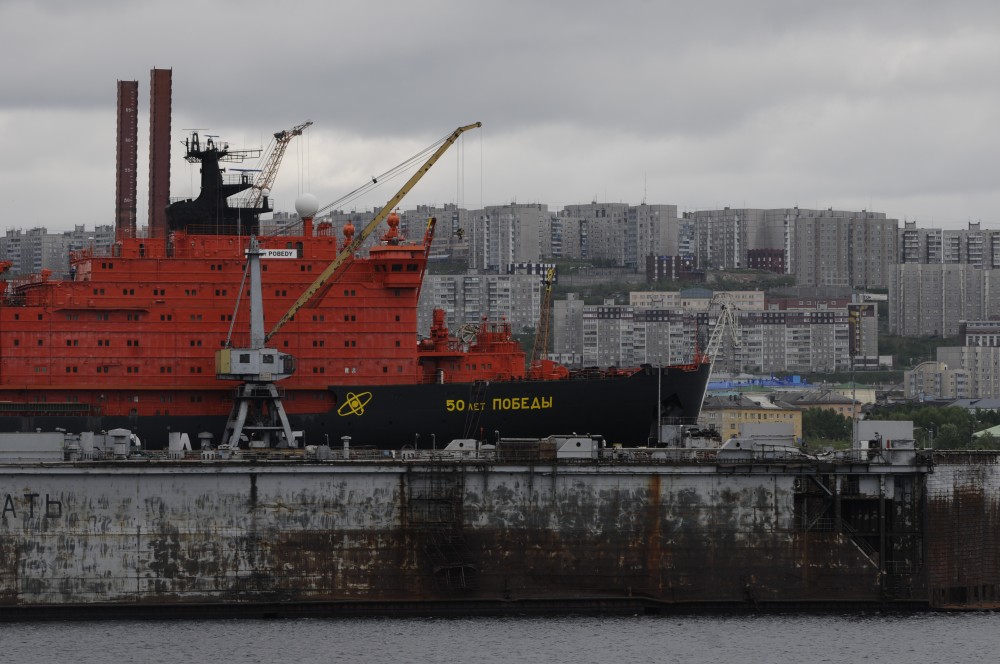Nuclear icebreaker escorts on the Northern Sea Route went up 54 percent in 2019
Rosatomflot said the uptick was due to growth of LNG production.

Nuclear-powered icebreakers in 2019 escorted at total of 510 vessels on the Northern Sea Route.
According to Rosatomflot, the company managing Russia’s fleet of nuclear-powered icebreakers, the increase comes as production of LNG in the Yamal Peninsula has grown.
The 510 vessels that were escorted through the Arctic ice had a total gross tonnage of 30.29 million tons, the company informs. That is a 54 percent increase compared with 2018 when 331 vessels with a total tonnage of 12.7 million tons were followed through the area.
“It is connected with the full project capacity reached by the LNG production plant in Sabetta,” General Director of Atomflot Mustafa Kashka says.
Meanwhile, the exact amount of goods that was shipped on the route in 2019 isn’t known. Rosatom in mid-November 2019 said that goods volumes had reached 26 million tons and that 30 million was expected to be reached by year’s end.
Russia today has a total of four nuclear-powered icebreakers in operation. In addition, Rosatomflot operates that nuclear-powered container ship Sevmorput.
A new fleet of icebreaking vessels are in the process of construction. The LK-60 vessel Arktika, Sibir and Ural are to be delivered in 2020, 2021 and 2022 respectively. In addition comes another two LK-60 vessels as well as three Lider-class ships.
According to Russia’s new development plan for the Northern Sea Route the first Lider is to be ready for sailing in 2027.
The enhanced icebreaker capacity is to help Russia reach its target of 80 million tons of goods on the Arctic route in 2024. That number could reach 157 million tons in year 2034, Minister of Natural Resources Dmitry Kobylkin said.